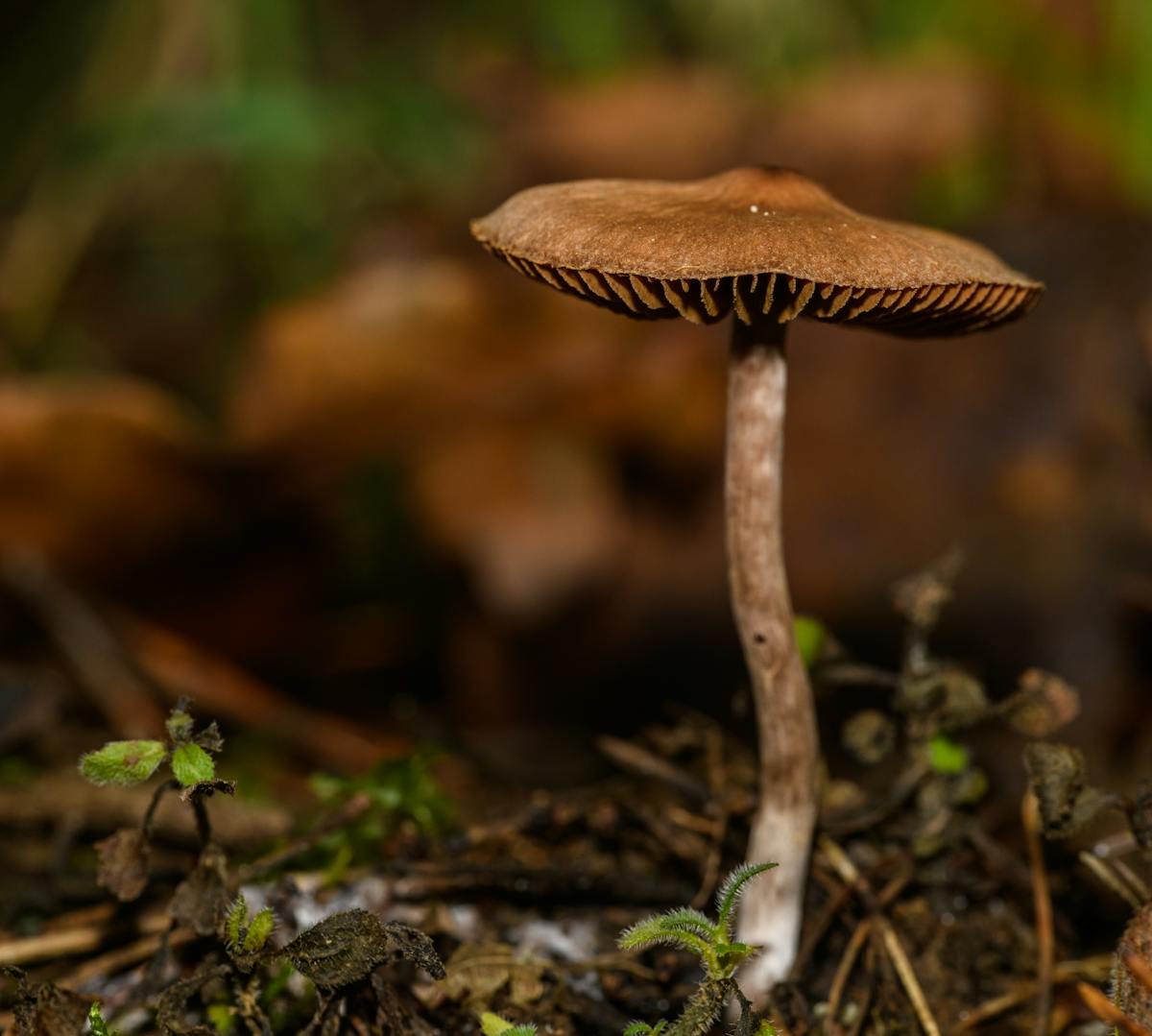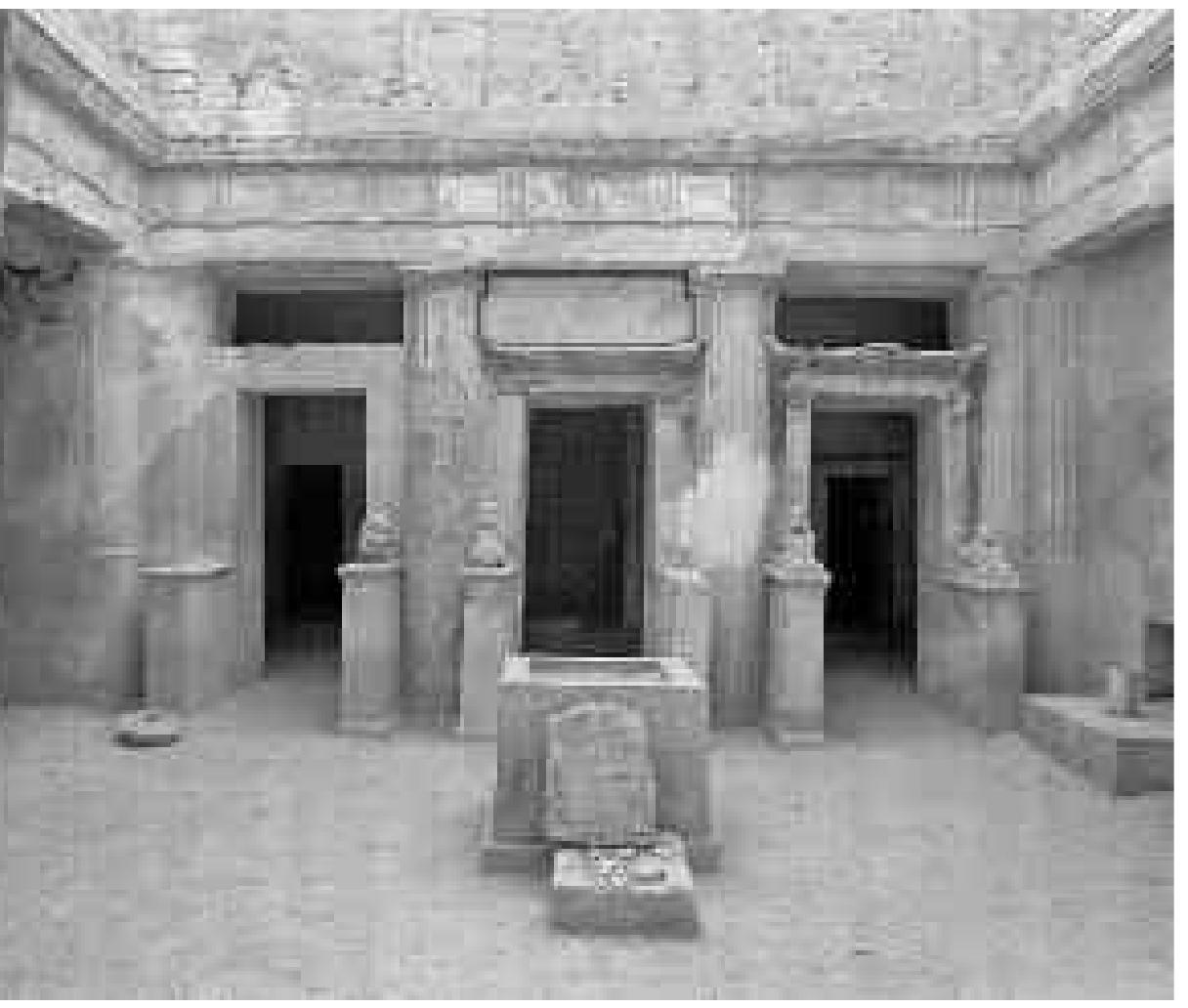El rinoceronte blanco del norte es uno de los animales más críticamente amenazados del planeta. Actualmente, solo quedan dos de estos majestuosos seres vivos, ambas hembras que viven bajo una estricta protección. Esta realidad alarmante ha generado un esfuerzo global urgente para salvar a la especie de desaparecer para siempre. La lucha no solo se trata de conservar un animal, sino de garantizar la biodiversidad y prevenir una pérdida trágica en el patrimonio natural de la Tierra.
This crisis has inspired the creation of a powerful documentary that captures the last chapter of the northern white rhino’s story. The film documents the efforts of scientists, conservationists, and animal caretakers who have dedicated their lives to preventing extinction. It is an emotional journey filled with hope, science, and determination. While the challenge is immense, the mission to revive the species continues through innovative reproductive technologies and relentless human commitment.
The disappearance of the northern white rhino has been caused by many years of illegal hunting and loss of habitat. Their horns, greatly prized in unlawful markets, resulted in extensive slaughter across Africa in the latter part of the 20th century. Even though global trade prohibitions were enacted, the harm was irreversible. By the time significant preservation attempts started, only a few animals remained, forcing researchers to urgently seek remedies.
Currently, the pair of remaining rhinos reside in a protected reserve in Kenya, where they are constantly guarded with armed security. Known as Najin and Fatu, these rhinos symbolize both strength and fragility. They are both females and are unable to conceive, meaning traditional reproduction is not possible. Nevertheless, scientists are employing cutting-edge methods like in vitro fertilization and using surrogate females to preserve the species. This initiative is considered among the most daring conservation efforts conducted to date.
The film showcases the human side of this mission. Viewers witness the bond between the rhinos and their caretakers, who have formed deep emotional connections over years of working together. The dedication is extraordinary; many caretakers have given up other opportunities to remain by the rhinos’ side, understanding the historical importance of their work. Every day spent with these animals is a reminder of what is at stake and what the world stands to lose if the effort fails.
Scientists leading the project come from different parts of the globe, uniting their expertise for a single purpose. Laboratories in Europe and Africa have been working on collecting and preserving genetic material from the last northern white rhinos. This includes harvesting eggs from the living females and using sperm stored from deceased males. The embryos created are kept frozen, awaiting a suitable surrogate mother from a closely related species—the southern white rhino.
Although the progress in technology is remarkable, there is no assurance of success. The undertaking demands significant financial and time resources and is not without challenges. Each embryo transfer necessitates meticulous accuracy, and not all efforts will result in a successful pregnancy. Nonetheless, dedication is steadfast. For those dedicated to conservation, the mere possibility of preserving a species justifies all the exertion. This initiative symbolizes optimism in a world where species are disappearing at an alarming rate.
The film does more than tell a scientific story; it raises awareness about the human responsibility to protect endangered animals. It forces viewers to reflect on how human actions have led to this point and what can be done to prevent similar crises in the future. Climate change, habitat loss, and poaching continue to threaten countless species, making the northern white rhino a symbol of a much larger battle.
Education is essential in this struggle. By conveying the narrative via film, conservationists aim to motivate future generations to become involved. Safeguarding biodiversity necessitates international collaboration, effective policies, and monetary backing. If the northern white rhino is rescued, it will demonstrate that science and empathy can unite to rectify historical errors. It will additionally convey a compelling message that extinction is not a given when people decide to act.
The documentary is not just a chronicle of despair; it is a testament to resilience and innovation. Every scene captures the tension between loss and hope, illustrating that even at the brink of extinction, life finds a way through human determination. The survival of the northern white rhino may depend on technology, but it also relies on the world’s willingness to value and protect nature.
As the narrative progresses, it becomes evident that the battle to protect the northern white rhino transcends a single species. It is about maintaining ecological balance, celebrating the magnificence of nature, and recognizing our responsibility as caretakers of Earth. This initiative pushes us to rethink conservation possibilities and emphasizes the urgency of taking action for other threatened species now.
If successful, this initiative could serve as a blueprint for saving other animals on the verge of extinction. The lessons learned from this project may help protect species like elephants, tigers, and countless others threatened by human activity. The film makes it evident that extinction is not just a scientific problem but a moral one, demanding a collective response from society.
The path of the northern white rhino has not yet reached its end. Despite the formidable challenges, the resolve of the individuals working towards its preservation provides a glimmer of optimism. Regardless of the species’ fate, the actions taken to protect it will have a profound effect on conservation science and worldwide consciousness. This narrative serves as a testament to humanity’s ability not only to devastate but also to mend and rejuvenate.



